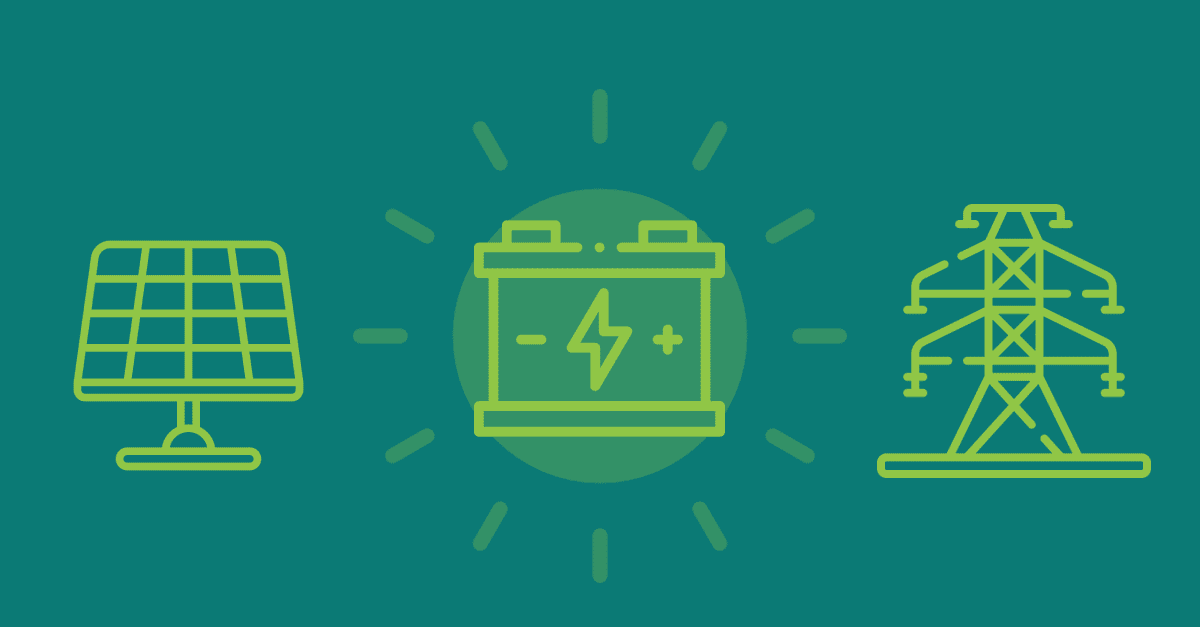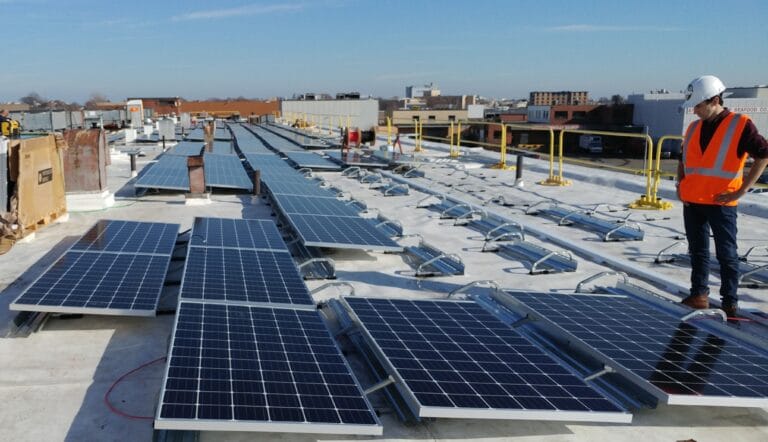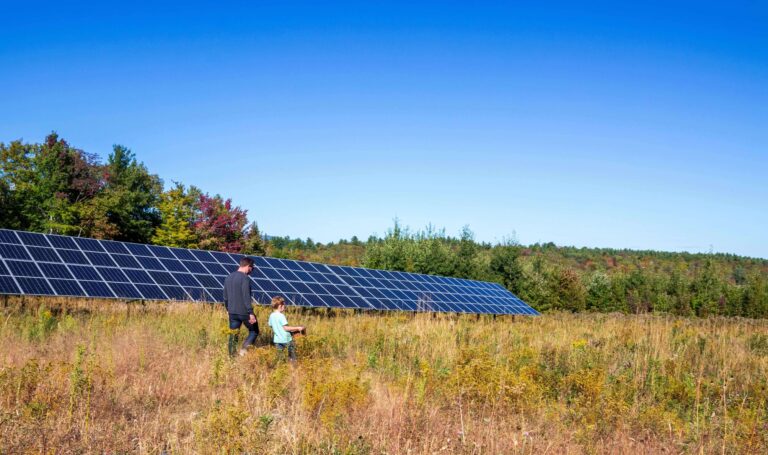As renewables gain in popularity, complementary technology like battery storage grows along with it—this technology will accelerate the transition from fossil fuels to green energy. What battery storage does is bridge the gap between the supply and demand of renewable sources of energy like solar and wind, as well as provide grid-supporting services. Read on to learn more about it!
How does battery storage work?
Battery storage, or battery energy storage systems (BESS), are devices that allow energy from renewables like solar and wind to be stored and then released to customers when they most need that power; after all, people still need energy when the sun has set, or the wind has stopped blowing. By storing excess energy, battery storage helps provide consumers with a reliable supply of cost-effective energy during periods of high electricity demand, like in the case of extreme weather events. Intelligent battery software uses algorithms to coordinate energy production and storage, and computerized control systems are used to decide when to keep the energy as reserves or release it to the grid.
What are the benefits to battery storage?
There are quite a few benefits to battery storage systems, the most obvious being that they create environmental gains by supporting the widespread adoption of green energy. Battery storage systems also lower energy costs by allowing users to consume reserved, low-cost energy during peak periods when energy costs are typically higher, which, in turn, lowers the overall cost of energy across the grid. In addition, battery storage systems can provide services that help support the stability and responsiveness of the grid, roles traditionally taken by large-scale, fossil-fuel power plants. Improving stability and responsiveness is a high priority for electrical grids, and doing so will better protect against large-scale disruptive events driven by extreme weather.
How does battery storage leasing work?
Much like a solar lease, a developer (like us) will lease a piece of your land for a period of 20-25 years. Instead of using the leased property to host solar panels, however, it will host a Battery Energy Storage System (BESS). Battery systems don’t require as much real estate as solar projects—typically, we look for 7,000-15,000 square feet of land in commercial or industrial zones located near transmission lines when scouting for sites.
Which states offer battery storage leasing?
Currently, we are looking to lease property for battery storage systems in New York, New Jersey, Massachusetts, California, and Texas, but this list will continue to grow as the footprint of renewable energy sources expands across the country.
Is it possible to lease my property for both battery storage and community solar?
Absolutely! Many of our projects are a combination of solar and battery storage, and this is increasingly becoming the norm as renewable energy sources replace traditional fossil fuels.
If you have property in New York, New Jersey, Massachusetts, California, and Texas and are interested in learning more about becoming a battery storage host, just fill out the form below and we’ll get the conversation started!




